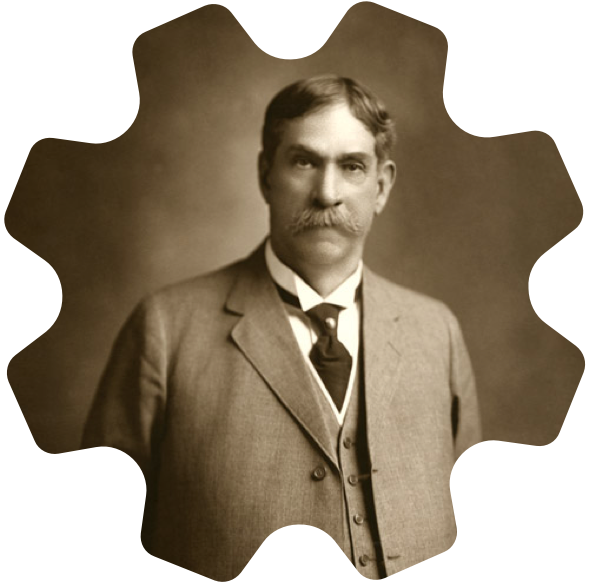With Colonel J.G. Battelle of the Columbus Iron & Steel Company serving as a catalyst to bring together manufacturers from across Ohio, the OMA entered the policymaking scene with a robust policy agenda.
Invitation From Colonel Battelle to the First OMA Meeting
The first meeting of the OMA convened in response to the following letter of invitation from Colonel Battelle:
November 5, 1910
“The subject of forming an association of Ohio manufacturers has been presented to a number of our friends, and has met with sufficient encouragement to justify calling a meeting of those interested for the purpose of effecting a permanent organization.
“In accordance with the majority of those who have considered the matter, the time has been fixed for 2 o’clock p.m., Thursday, November 10. The place of meeting will be the Chittenden Hotel, Columbus, where Parlor B has been assigned for our use …
“The success of this organization will depend almost entirely upon our ability to select a strong executive committee and a staff of thoroughly qualified officers. In this work, your cooperation is most earnestly solicited.
“There is important work for this organization to do in the immediate future …
“I beg that you will let me hear from you at once stating who will represent your company at the meeting on November 10th and what time he will arrive in Columbus. I will thank you also for any suggestions that you may care to make for consideration before the meeting is held.”
Very truly yours,
J.G. Battelle



